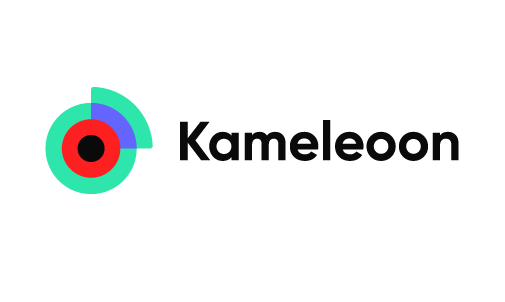
A/B testing with Kamaleoon
Kameleoon is a powerful A/B testing platform that allows businesses to optimize their websites and online applications through experimentation and data analysis. It is a user-friendly tool that can be easily integrated into a variety of different technologies, including ReactJS. In this article, we will provide a brief overview of Kameleoon and its features, as well as a small tutorial on how to use it in a ReactJS application.
What is Kameleoon?
Kameleoon is a cloud-based A/B testing platform that provides businesses with a range of tools and features to optimize their online presence. It allows users to create and conduct experiments on their websites and applications, track the results, and make data-driven decisions based on the insights gained from these experiments. Kameleoon’s platform is built on top of a powerful and scalable infrastructure, which enables it to handle large amounts of traffic and data without any degradation in performance.
Some key features of Kameleoon include:
Easy-to-use visual editor: Kameleoon’s visual editor allows users to create and customize experiments without any coding skills. It provides a range of pre-designed templates and elements that can be easily customized and dragged and dropped into place.
Advanced targeting: Kameleoon’s advanced targeting capabilities allow users to target specific groups of visitors based on a variety of criteria, such as geographic location, device type, and referral source. This enables businesses to run more targeted and effective experiments.
Real-time analytics: Kameleoon provides real-time analytics and reporting capabilities, which allow users to track the progress of their experiments and make informed decisions based on the data collected.
Multi-language support: Kameleoon supports multiple languages, which makes it easier for businesses to run experiments in different markets and regions.
How to use Kameleoon in a ReactJS application
Using Kameleoon in a ReactJS application is straightforward and involves just a few simple steps. Here’s a tutorial on how to get started:
-
Sign up for a Kameleoon account and create a new project.
-
Install the Kameleoon JavaScript library by running the following command in your terminal:
npm install kameleoon
Import the Kameleoon library into your ReactJS application by adding the following line of code to your application’s entry point:
import * as Kameleoon from 'kameleoon';
Initialize the Kameleoon library by adding the following code to your application:
Kameleoon.API.runWhenExperimentsReady(() => {
// Your application code goes here
});
Create an experiment using Kameleoon’s visual editor.
Add the experiment code to your application, using the experiment’s unique ID as a reference. For example:
Kameleoon.API.runExperiment(EXPERIMENT_ID, (experiment) => {
// Your experiment code goes here
});
The EXPERIMENT_ID is a unique identifier that is assigned to each experiment that you create in Kameleoon. It is used to reference the experiment within your application code and is typically stored as a constant or variable.
One common approach is to define the EXPERIMENT_ID as a constant at the top of your application file, like this:
const EXPERIMENT_ID = '12345678';
Alternatively, you could store the EXPERIMENT_ID in a separate configuration file or as an environment variable. This can be useful if you want to keep the experiment IDs separate from your application code, or if you want to easily switch between different experiments in different environments (e.g. staging vs production).
Test and deploy your experiment. That’s it! You should now be able to use Kameleoon to run A/B tests in your ReactJS application. Kameleoon’s documentation provides more detailed information on how to use its various features and APIs, so be sure to check it out if you want to learn more.
Conclusion
Kameleoon is a powerful and user-friendly A/B testing platform that allows businesses to optimize their websites and online applications through experimentation and data analysis. It is easy to integrate into a ReactJS application and provides a range of useful features and tools, such as a visual editor, advanced targeting, real-time analytics, and multi-language support. By following the tutorial provided above, you should be able to get started with Kameleoon in your ReactJS application and begin conducting experiments to optimize your online presence.